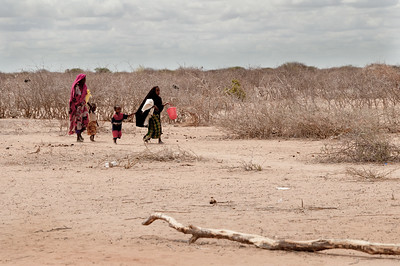Swahili stations dominate radio preferences across Kenya - report

The Central region has the highest TV viewership, with Nairobi and the Rift Valley regions following closely behind. In contrast, the lowest TV viewership is observed in the North Eastern region.
A recent report by the Communications Authority of Kenya has revealed that Swahili stations are the most popular among listeners, followed closely by vernacular stations and then English stations.
The report titled the ‘Audience Measurement and Industry Trends Report Third Quarter FY 2023-2024 (January – March 2024)’ notes that the trend is consistent among both male and female audiences.
More To Read
- Kenya’s 5G users hit 1.5 million as adoption accelerates
- Mobile phone user awarded Sh400,000 after repeated unauthorised spam messages
- High Court nullifies Communications Authority's broadcast ban on June 25 demos
- Communications Authority dismisses claims of mandatory biometric data for SIM registration
- Outcry as Communications Authority proposes DNA rule for SIM registration
- Communications Authority of Kenya takes LSK to court over controversial cybercrime law
The report adds that Swahili stations have a higher listenership in the Western and Coast topographies, while listenership of vernacular stations is highest in the Lake and Central topographies.
In Quarter 1, 55 per cent of listeners tuned into Swahili stations, 42 per cent to vernacular stations, and 13 per cent to English stations.
In Quarter 2, 61 per cent listened to Swahili stations, 38 per cent to vernacular, and 13 per cent to English. By Quarter 3, the figures were 62 per cent for Swahili, 35 per cent for vernacular, and 13 per cent for English.
Despite the overall dominance of Swahili stations, English stations are more frequently listened to in urban areas compared to rural regions. This pattern has remained consistent from Quarter 1 to Quarter 3 of the 2023/24 fiscal year.
Gender gaps
The data has also revealed gender gaps in television watching, with males showing greater interest across the three quarters.
The increase in viewership among 15 to 17-year-olds indicates that TV networks and streaming services are producing more content targeted specifically at teenagers, addressing their interests and concerns.
“This trend may attract more teens to watch TV despite their academic responsibilities,” reads the report.
However, the report reads that a decrease in viewership in the lower Living Standards Measure (LSM) segments highlights the impact of socioeconomic factors, such as limited access to television sets.
“This underscores the need for customised approaches to cater to various demographic and socioeconomic groups to enhance TV viewership,” reads the report.
Regionally, the Central region has the highest TV viewership, with Nairobi and the Rift Valley regions following closely behind.
In contrast, the lowest TV viewership is observed in the North Eastern region.
The report has urged that the variations in TV viewership across different geographic areas emphasise the importance of tailoring media strategies to specific regions.
Top Stories Today















































